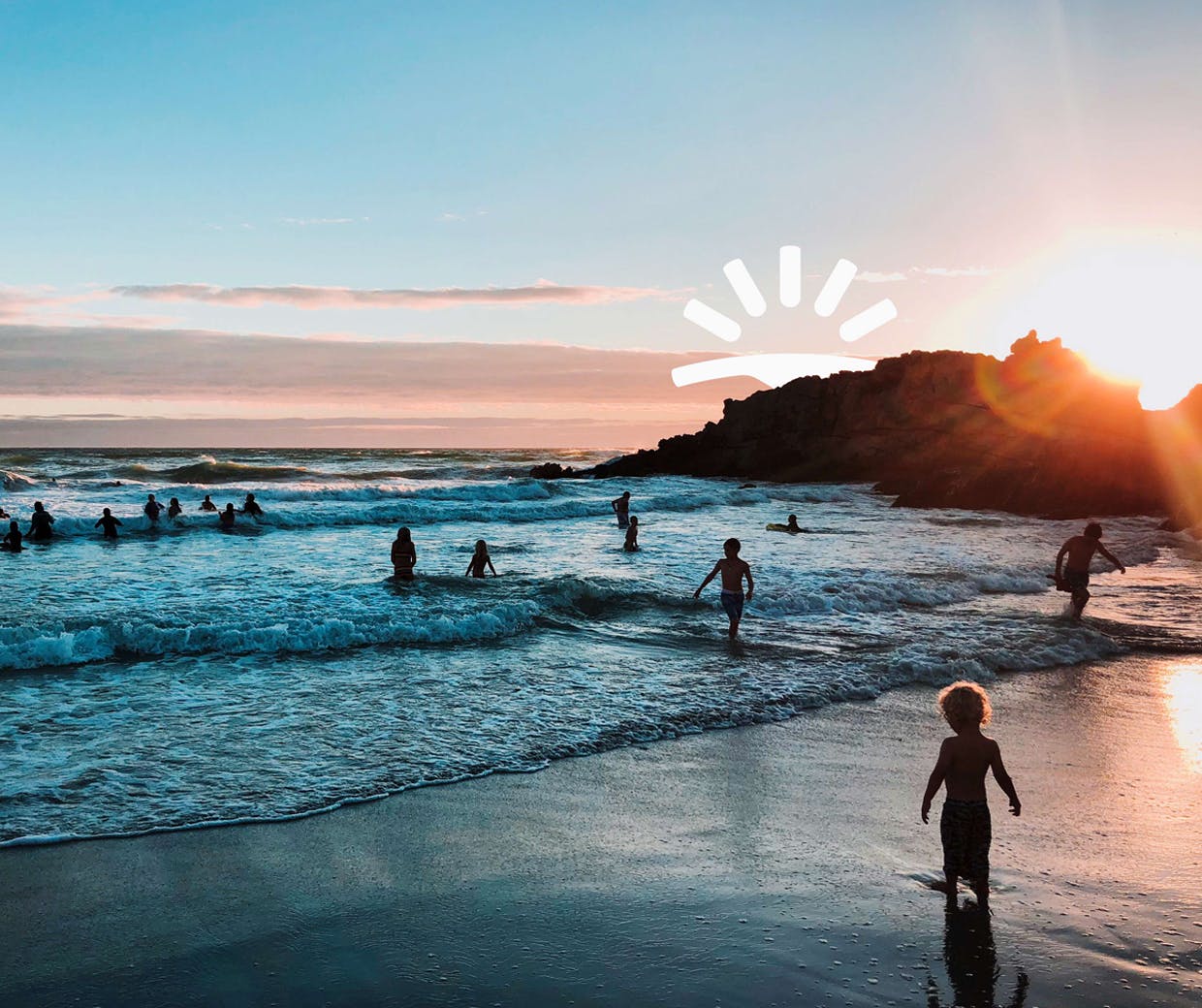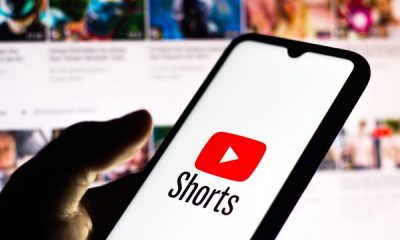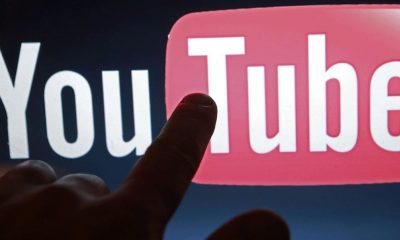INTERNET MARKETING NEWS
Skyscanner rebrands in shift to more emotional marketing
Skyscanner is rebranding as it looks to “redefine” its purpose with its largest marketing investment to-date.
The travel search site is updating its logo and purpose, and launching a marketing campaign as it looks to “innovate and disrupt” the travel market for the “modern and sustainable” traveller.
Skyscanner’s CMO Joanna Lord, who joined the business eight months ago, tells Marketing Week: “When I came in, it was clear we needed to broaden [Skyscanner’s] marketing definition and tell the story of being a flight-first compare-and-booking experience.
“We [are] creating a brand as well as redefining our mandate as an organisation to make sure we are telling the full breadth of our product.”
The changes signify a move by Skyscanner to move from more functional and performance-based advertising to more brand and emotional marketing.
She explains: “The new brand marks a new era for us. The brand is well-trusted and well-loved but as the business has evolved we realised we needed something to tell those stories in a more bold and beautiful way.”
Initially, the rebrand will be communicated through emails and its website, as well a via partners, with more plans for creative towards the end of the year.
Is the Thomas Cook brand worth saving?
Skyscanner believes consumers “need much more” from travel companies than before – a trend that is set to continue. This is why it is evolving to engage consumers across every moment of their trip, from inspiring them to explore new destinations to remembering their holiday with new features that are in the pipeline but yet to be revealed.
“You’re constantly asking yourself what do [consumers] need from you now and what will they need from you tomorrow,” Lord says.
The focus for Skyscanner will be on two key areas: modern and sustainable. Lord explains: “For modern we are looking at what are new ways we can inspire someone to travel whether it’s a new hotel or go off the beaten path.”
Sustainability, meanwhile, will see it push for more environmentally friendly ways to travel. The company already offers a ‘Cleaner Choices’ function that allows users to filter flights according to carbon emissions.
Lord acknowledges that the “conversation is already out there”, with 10 million people using the feature. But she hopes that by putting sustainability front and centre, Skyscanner can impact the 100 million people that uses its products every month, as well as the broader industry.
“[Consumers] are going to want to see their travel footprint and how that impacts [the environment]. We’re hoping through this commitment and by putting it in the booking experience we will create a whole movement,” she explains.
However, she admits Skyscanner is still learning as well: “We are very honest with ourselves with where we are internally. This isn’t something where you can just jump straight in, we know there is a lot to learn.”
Formalising marketing
Skyscanner is also using the rebrand to make it more efficient across both its product and team structure. The company has formalised its internal structure to help push its brand focus, recently hiring a global director of brands.
Lord explains: “We’ve never had a traditional brand structure [when it comes to marketing], it’s been organic and bottom-up and word-of-mouth, so we’ve spent quite a bit of time understanding what are some of the skill sets we need to bring into the organisation.”
Some 60% of Skyscanner’s users now interact with the brand via a mobile device, a figure that was at the top-of-mind during the rebrand. The redesign is meant to work better on smaller screens, including its logo change from a cloud to a sun.
Lord explains: “It’s asking ourselves when do they want and need us to communicate with them? What is it additive to their experience?
She concludes: “What we’ve really focused on is how we can build a deeper relationship with the traveller.”













